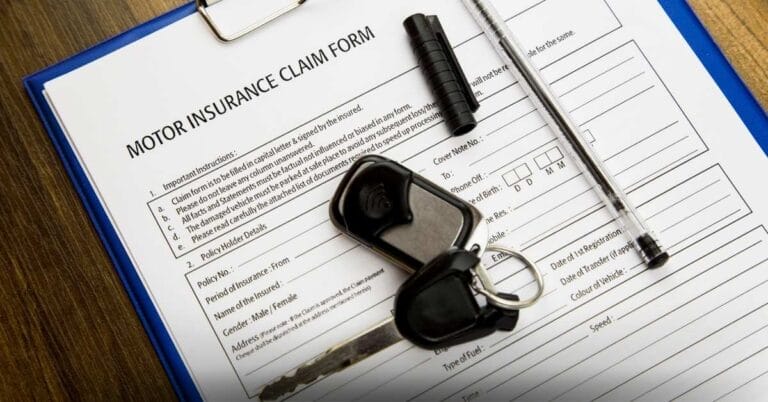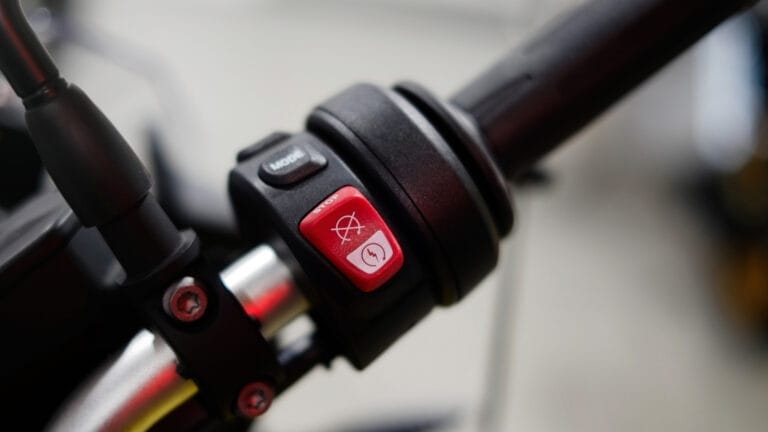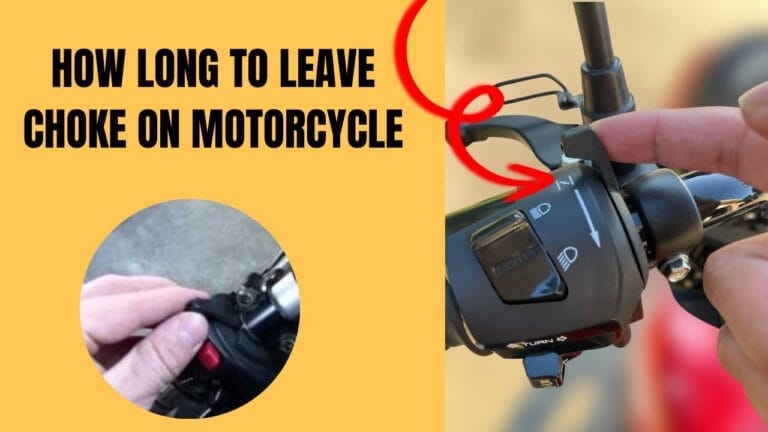Do You Hold Clutch While Braking Motorcycles – (Here Is The Answer!)
Riding a motorcycle is fun but requires perfect skills to stay in the lane even on busy roads without causing accidents. One critical skill every rider has to learn and become an expert in is braking without causing accidents or damaging the bike.
So, do you hold the clutch while braking the motorcycle? Not holding the clutch will help you while braking the motorcycle since that will make you miss engine braking. Only hold the clutch when the motorcycle is slowing down almost to a halt to avoid the engine from stalling.
This article will discuss the correct motorcycle braking procedure in various scenarios. We shall also discuss the best way to brake, slow down, or stop your motorcycle without engine stalling.
Do You Hold Clutch While Braking Motorcycles?
While braking, avoid holding the clutch, as that will disengage the engine and make the rear wheel run faster, increasing the brake workload. Stopping the motorcycle with the clutch pulled in will require more force from the back and front brakes, causing them to wear faster.
When stopping a motorcycle, just let off the throttle and press on the front and rear brakes proportionally. However, you can hold in the clutch to shift gears or slow down enough to kill and stop the engine.

Pulling the clutch while braking can cause the following problems.
- Wear and tear of the clutch plates since the gear is engaged, leading to unwanted rubbing of the clutch plates and the gears.
- Holding the clutch causes one to miss on engine braking. This happens when you hold the clutch and brake without downshifting as you reduce speeds.
- Brakes wear out faster since when you hold the clutch, you are not applying the engine braking. The rear and front brakes will have to stop the bike independently, hence wearing out faster.
- It increases stopping distance. Since there is no engine braking that would have helped reduce the braking distance, you end up taking longer to stop.
The Best Way To Stop A Motorcycle Without Holding The Clutch
From my experience, braking a motorcycle is a systematic process requiring time to perfect. Follow the steps below to stop or slow down your motorcycle safely.
- Release the throttle slowly to reduce the power supplied to the engine. Use your palm to throttle down as the fingers rest on the front brakes.
- Apply the front brakes and then slowly apply the rear brakes till you achieve the desired speed.
- Apply the ratio of 70:30 for the front-to-back brakes to avoid losing balance and control of the motorcycle.

The above steps will ensure you slow down your motorcycle to the required speed, enabling you to take a turn or slow down when stuck in traffic.
If you want to completely stop the motorcycle, engage in the following steps.
- Start pulling in the clutch to disengage the engine and, while slowing down, downshift the bike as per reducing speed.
- Avoid downshifting directly from the 5th to lower gears; shift sequentially to avoid stalling.
- Ensure you achieve either 1st or 2nd gear just before stopping to avoid stalling the engine. You may also select the neutral gear just before the stoppage.
- Use the rear brake at the end to come to a smooth stop.
Watch the video below on the best way to stop your motorcycle.
Different Braking Situations Determining Use Of Clutch On A Motorcycle
Depending on the situation, braking your motorcycle may require using the clutch, prompting one to stop or slow down.
You must master these skills in different situations to prevent the engine from stalling or your motorcycle from going off amidst traffic.
Let’s look at the different situations and when to hold the clutch in relation to the brake application.
When Riding A Motorcycle At A High Speed
In this situation, you must start with front and rear braking, then use the clutch for a safe stop. Apply the front and rear brakes at a ratio of 70 to 30 on dry roads and 60 to 40 in wet conditions.
Once the motorcycle speed is lowered using the brakes, you can apply the clutch to ensure a smooth stop. Hold the clutch and downshift appropriately if you are slowing down but not stopping.
When Riding A Motorcycle At A Low Speed
When at low speeds, you must slow down the bike without causing the engine to stall. Start by applying the clutch and then use the front brakes with light touches on the rear brakes.
When at low speeds, you can also use the engine brake by releasing the throttle slowly to cut off the power supply.
When Temporary Slowing Down
Temporal slow-downs should be done without using the clutch. Just apply the front and rear brakes to achieve the required speed without dropping to the first gears.
Using the brakes helps retain the highest speed easily without climbing the gear lane again.
When Approaching Emergencies
You need to simultaneously apply both the clutch and the brakes when faced with an emergency that requires a sudden stop.
The use of both techniques allows one to have a shorter braking distance. It also ensures smooth engine braking and stoppage without the engine stalling.
Watch the video below on how to use emergency braking.
When Riding Down A Hill
If you are riding down a hill or a steep road, do not hold the clutch or apply brakes, as that will cause a loss of balance. For a safe drop down a slope, downshifting from the top gears sequentially will stop the bike.
For example, as you shift from the 5th gear to the 4th gear, the engine becomes angry and slows down. Shifting to the 3rd and 2nd gears will cause the engine to slow down to an easy-to-control speed.
You can also use engine braking to slow down the bike when at high speeds on highways and cities without applying brakes and holding the clutch. Release the throttle, and the engine will brake without using brakes and the clutch.
Check out the following video on how to use the engine brake when riding down a hill or along the highways at high speeds.
FAQs
Below are frequently asked questions to help you better understand the right way to stop a motorcycle.
Is It Okay To Make A Sudden Stop With Brakes Only?
No. Sudden and emergency stops should be made successfully using brakes and the clutch. Using brakes only will stop the motorcycle but with a longer braking distance and an “angry engine.” Apply the clutch and brakes simultaneously to ensure a soft stop and easy pickup.
Which Is the Smoothest And Safe Way Of Braking My Motorcycle?
Braking your motorcycle depends on the situation on the road and speed. However, in most cases, the best way to brake is by using front brakes followed by rear brakes.
It is then followed by pulling the clutch to ensure a smooth, soft stop without the engine stalling.
Can You Downshift On Your Motorcycle Without Holding The Clutch?
No. Downshifting requires disengaging the engine for smooth gear shifting. The clutch disconnects the engine power from the transmission system, allowing for smooth gear shifting.
Conclusion
Braking on a motorcycle requires practicing different braking skills to ensure a safe and smooth stoppage. If you are braking the bike to stop completely, you may have to apply the clutch just before stopping to avoid engine stalling.
However, if you are braking to slow down and progress with the ride, you may use the brakes without holding the clutch. Only hold the clutch when you want to downshift as you brake to achieve the appropriate gear for pickup.







